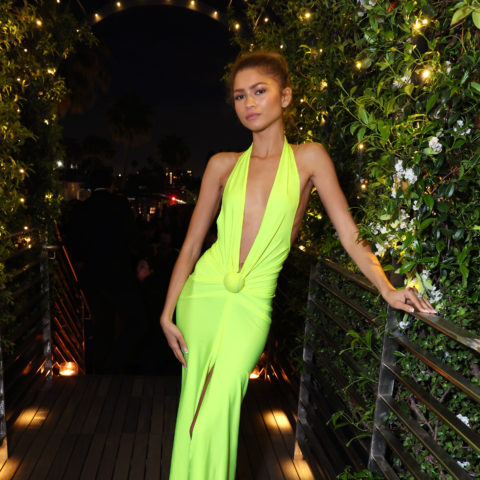They said/We said: Why Julia Roberts’s and Christy Turlington’s L’Oréal ads have gotten the axe


L’Oréal ads featuring Julia Roberts and Christy Turlington have been pulled in the U.K. following pressure from politician Jo Swinson and the intervention of Britain’s Advertising Standards Authority (ASA). The cosmetics company was accused of digitally altering images of the women advertising Lancôme and Maybelline anti-aging products. Although Swinson is an advocate for realistic, healthy beauty in advertising, her complaint against L’Oréal was based on the ads’ failure to reflect what the products could actually achieve.
In regard to the Maybelline ad (featuring Turlington), L’Oréal admitted that it had “digitally retouched to lighten the skin, clean up makeup, reduce dark shadows and shading around the eyes, smooth the lips and darken the eyebrows,” but felt that the photograph was still representative of the product’s achievable results. The company even supplied the ASA with red-carpet photos of Roberts and Turlington in order to show that the women are naturally beautiful. However, the authority’s request for pre-production photos wasn’t granted due to legal restrictions.
Controversy over retouching is nothing new. Last year, retailer Jacob announced that it would no longer alter the bodies of its models in an effort to promote a healthy body image. The issue with the L’Oréal ads, however, seems to be more about false advertising than unattainable ideals of beauty.
WHAT THEY SAID…
Jo Swinson: “Excessive airbrushing and digital manipulation techniques have become the norm, but both Christy Turlington and Julia Roberts are naturally beautiful women who don’t need retouching to look great. This ban sends a powerful message to advertisers – let’s get back to reality.” [The Guardian]
Cheryl Wischhover, Fashionista: “If cosmetics companies are going to hire a non-20-year-old to advertise their products, they need to let the lady’s 40 flag fly. Otherwise, why bother?” [Fashionista]
Hilary Moss, Huffington Post: “The ASA previously banned a YSL Belle D’Opium commercial for simulating drug use, nixed ‘indecent’ Diesel billboards and said no to two misleading Louis Vuitton print ads. However, the group decided there was nothing wrong with a particular Miu Miu ad depicting what some dubbed a ‘significantly underweight’ model.” [Huffington Post]
Charlotte Cowles, The Cut: “While depicting healthy, attainable ideals in advertising is a nice goal, aiming for truthful ads (i.e., ones that portray a product’s actual results instead of Photoshopped ones) is also a worthy — not to mention very reasonable — objective.” [The Cut]
WHAT WE SAID…
Lesa Hannah, beauty director: “With a few exceptions, most beauty ads are heightened reality, and drawing a direct line from an ad to shoddy self-esteem is oversimplifying the issue. So banning them as a way of protecting us from these images is not the solution. Doing so doesn’t give women enough credit; it’s almost saying we’re not smart enough to know what’s real and what’s not, and I’d like to think otherwise.”







